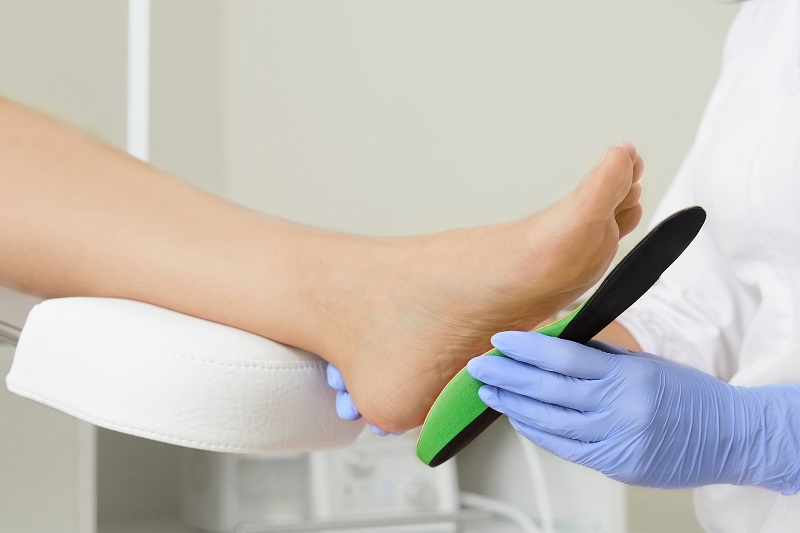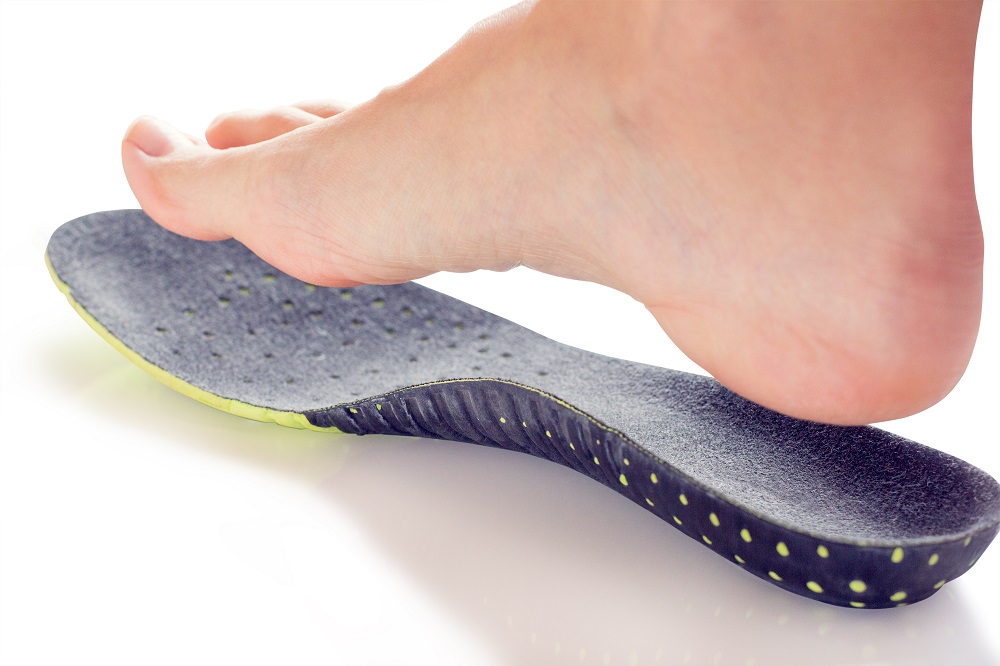Orthotics are special heel inserts that a doctor usually prescribes, and they are custom-made for the person. These are usually prescribed when a person encounters a foot problem or leg issue. The doctor will examine the foot and recommend orthotics. These are some of the common conditions for which the doctor may prescribe you are wear foot orthotics. Make sure that you consult your doctor in case you encounter any foot issues. They will have a closer look at your foot and recommend it if required.
Condition for which foot orthotics are prescribed

One of the key questions that most people ask is under what condition one is required to wear foot orthotics. Well, read the following to know more about it. Orthotics can be a part of the treatment plan to address various foot issues; these include:
- Correcting the foot deformities
- Supporting the ankle
- Reducing the risk of injury
- Helping the foot or ankle to perform better
Foot orthotics are easily available in the sports store. Your doctor will only recommend this if they find that the other modes of treatment are not showing effective results.
Medical conditions for foot orthotics
A problem with your foot may arise and you might not even know the cause for the pain and distress. An orthopaedic doctor will always be at your service to help you out with such related problems:
- Arthritis- It can create discomfort in the feet and sometimes may induce pain. To ease out the discomfort, the doctor may prescribe wearing orthotics.
- Back pain- Poor foot positioning can also result in back pain. The doctor may prescribe wearing foot orthotics to provide cushioning to your feet.
- Bunions- These are painful bumps that may develop at the base of the big toe. Your doctor may prescribe you to wear orthotics with a wide toe box; it reduces the pressure on the ties, thus reducing the probability of infection.
- Flat feet- Another common condition for which the doctor may prescribe foot orthotics is flat feet. It can result in back pain and ankle pain. Orthotics provide the right support to the ankle, thus reducing the pressure on the feet and reducing the pain.
- High arches- It can result in knee pain and plantar fasciitis; orthotics can prevent the feet from rolling excessively inward or outward.
Types of orthotics

Orthotics are handy devices or tools designed to assist the free movement or to restrict the movement of the body part. There are two types of orthotics:
- Rigid orthotics or functional orthotics-These are made of carbon fibre or plastic. They are best used with walking shoes or shoes which have closed toes and low heels. This helps reduce pain in the foot, back or other things.
- Soft orthotics or accommodative orthotics- These have a cushioning effect. They are made of soft compression materials. They ensure comfort while you are walking. These are usually recommended for conditions like plantar fasciitis or diabetic foot ulcers.
Things to consider before buying orthotics
- Your purpose- Consider the activities since you will be wearing the orthotics regularly; it is important that you choose the one that best matches your requirement. It should not hinder your daily activities. For example, if you are a runner, you have to choose orthotics that support your foot while running.
- Seek a professional assistant– We have emphasized this point above; you must seek the advice of an expert, get your foot condition examined and then choose the right type of foot orthotics.
- Get the customized one- The easiest way to find the best foot orthotics is to get it customised. There are many stores providing customized foot orthotics, and you can get one for yourself.
Foot orthotics not only help in alleviating the pain, but they also provide support to your feet. Hence you must choose the one that best matches your foot size and is comfortable. Remember to visit your foot doctor frequently in order to keep a strong and healthy foot. The doctor will always be ready to help you out will all the knowledge they have.

